Cedar Fencing Lumber
- September 22, 2023
- 0 comment
Cedar fencing lumber is a popular choice for constructing fences due to its natural beauty, durability, and resistance to decay and insects. Cedar wood, typically sourced from Western Red Cedar or Eastern White Cedar trees, is known for its rich, reddish-brown color and distinct grain patterns. This type of lumber is highly prized for its ability to withstand the elements, making it an excellent option for outdoor applications. Cedar fencing lumber is naturally rot-resistant, which means it can endure wet and humid conditions without deteriorating. Additionally, cedar contains natural oils that act as a deterrent to insects, reducing the need for chemical treatments. Its aesthetic appeal, longevity, and environmental sustainability make cedar fencing lumber a top choice for homeowners and builders looking to create visually pleasing and long-lasting fences.
Cedar fencing lumber represents a top-tier choice for fence construction, celebrated for its inherent charm and strength. Sourced from Western Red Cedar or Eastern White Cedar trees, cedar wood boasts a warm, reddish-brown hue and distinctive grain patterns that lend a touch of natural beauty to any outdoor space. What truly sets cedar apart is its remarkable resistance to decay and insects, making it an ideal material for enduring the rigors of the outdoors. Cedar’s ability to thrive in wet and humid conditions, without succumbing to rot, is a testament to its durability.
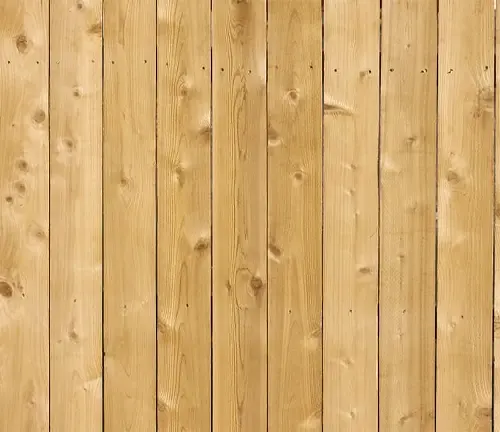
Additionally, the wood’s natural oils act as a natural deterrent against insects, reducing the need for chemical treatments. For those seeking a combination of aesthetic appeal, longevity, and sustainability in their fencing, cedar fencing lumber is the go-to choice for both homeowners and builders.
| Specifications | Description |
| Moisture content | 19% or less |
| Wood Type | Cedar fencing lumber is typically made from Western Red Cedar or Eastern White Cedar. These cedar species are known for their natural beauty and durability. |
| Density | 500 kg/m³ |
| Length | 6 feet, 8 feet, 10 feet, or 12 feet. |
| Texture | Cedar fence boards can have a smooth or rough texture. Smooth boards are often preferred for a more finished look, while rough-sawn boards provide a rustic appearance. |
| Grade | Clear Grade , Premium Grade, #1 Grade, #2 and #3 Grades |
| Compressive Strength | Cedar has decent compressive strength, meaning it can withstand forces that try to squeeze it together. Again, the exact compressive strength depends on the grade and moisture content. |
| Treatment | Cedar is naturally resistant to decay and insects due to its natural oils. However, if you want extra protection against the elements, you can choose pressure-treated cedar lumber, which has been treated with preservatives. Be sure to select the appropriate treatment for your intended use. |
| Maintenance | Cedar is relatively low-maintenance, but to prolong its lifespan and appearance, consider applying a protective finish like a cedar-friendly sealer or stain every few years. Regular maintenance can help prevent the wood from turning gray and keep it looking vibrant. |
Unlocking the Natural Beauty and Durability of Cedar Fencing Lumber
When it comes to creating the perfect outdoor space, the choice of fencing material plays a pivotal role in both aesthetics and functionality. Among the many options available, cedar fencing lumber stands tall as a favorite choice for homeowners and builders alike. Its inherent qualities of natural beauty, durability, and environmental sustainability make it a top contender for those seeking to enclose their properties with style and longevity.
Beauty and Character
Cedar fencing lumber, predominantly sourced from Western Red Cedar and Eastern White Cedar trees, possesses a charm that sets it apart from other materials. The wood’s warm reddish-brown hue and distinctive grain patterns provide an immediate visual appeal that complements various architectural styles and landscapes. It’s this aesthetic quality that often draws homeowners to choose cedar for their fencing needs.
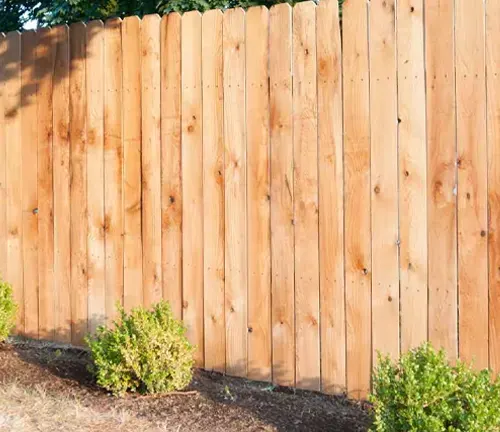
One of cedar’s unique characteristics is its color variation, ranging from pale yellows to deep, rich reds. This natural variation allows for individuality in every piece, adding character to your fence. Whether you prefer a more uniform look or appreciate the visual diversity that cedar offers, there’s a choice for everyone.
Durability and Resistance
Cedar is renowned for its durability, thanks to its natural resistance to decay and insects. This means that cedar fencing lumber can endure the rigors of outdoor exposure without succumbing to rot or being devoured by pests. The wood’s resistance to decay comes from the natural oils and compounds it contains, which act as a formidable barrier against moisture and the elements.
In regions where humidity and rainfall are frequent, cedar’s ability to thrive in such conditions is a significant advantage. Unlike some other woods that may warp, split, or decay when exposed to moisture, cedar stands strong, maintaining its structural integrity and beauty.
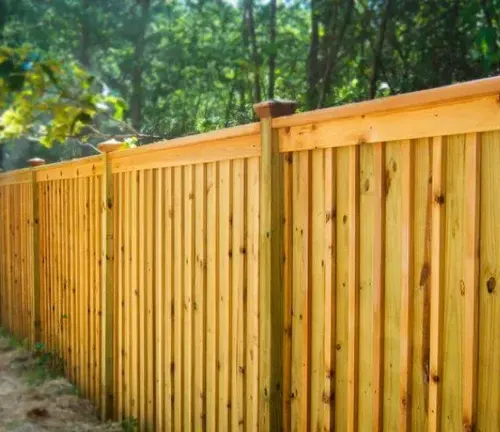
Cedar’s durability extends to its strength. It boasts impressive tensile and bending strength, making it capable of withstanding the forces of wind, impacts, and other external pressures. Its resistance to splitting or cracking upon impact ensures your fence remains intact, even in high-traffic areas or during storms.
Eco-Friendly and Sustainable
Beyond its visual appeal and strength, cedar fencing lumber is an environmentally responsible choice. Cedar trees grow relatively quickly compared to some other wood species used for fencing, making it a renewable resource. Additionally, cedar forests are often managed sustainably, ensuring the long-term health of these valuable ecosystems.
For those seeking an eco-friendly fencing option, cedar aligns perfectly with sustainability goals. Look for cedar lumber that carries certifications from organizations like the Forest Stewardship Council (FSC) to guarantee responsible sourcing.
Maintenance and Longevity
While cedar’s natural properties provide excellent protection against the elements and pests, some maintenance is still advisable to maximize its lifespan and appearance. Applying a protective finish, such as a cedar-friendly sealer or stain, can help preserve the wood’s original color and enhance its durability. Regular maintenance not only ensures a beautiful fence but also extends its lifespan for generations to come.
Benefits of Cedar Fencing Lumber
Cedar fencing lumber boasts a range of benefits that make it a highly sought-after choice for homeowners and builders. Its natural beauty, characterized by a rich reddish-brown color and elegant grain patterns, elevates the aesthetics of any property. Cedar’s inherent durability, thanks to its resistance to decay and insects, ensures that it can withstand the harshest outdoor conditions without deteriorating. Low maintenance requirements, including optional staining or sealing, make it an attractive and practical option. Cedar’s versatility in terms of dimensions and styles allows for customized fence designs.

Moreover, its sustainable sourcing and minimal environmental impact align with eco-conscious preferences. Cedar’s natural resistance to insects and strength and stability further enhance its appeal, ensuring long-lasting security and privacy. Its distinctive scent and resistance to warping or twisting, combined with its curb appeal and customization options, make cedar fencing lumber a top choice for those seeking both form and function in their outdoor projects.
Common Uses
Cedar fencing lumber finds a multitude of common uses in outdoor applications due to its innate beauty, durability, and resistance to decay and insects. It serves as an ideal choice for privacy fencing, enclosing gardens, and creating inviting picket fences. Cedar’s resilience makes it a top pick for ranch and farm fencing, boundary delineation, and secure pool enclosures. It’s also employed in constructing outdoor structures like gazebos and pavilions, adding an element of elegance to recreational spaces. Cedar’s adaptability extends to creating privacy screens, trellises, and arbors in landscaping, while its resistance to weathering ensures its suitability for outdoor furniture and mailbox posts. Cedar even plays a role in enhancing playground safety and defining garden paths and borders, all while contributing its timeless aesthetic appeal to a variety of outdoor settings.
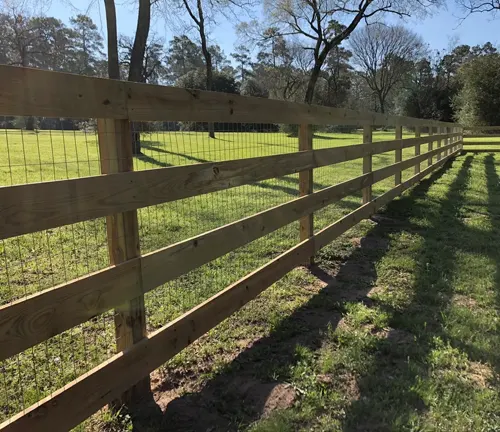
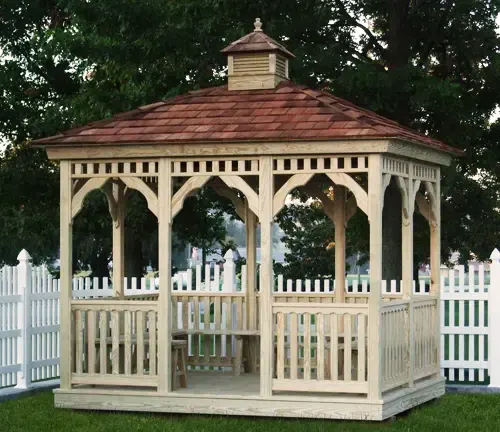
Frequently Asked Questions (FAQs)
- Can I Use Cedar Fencing Lumber for Interior Design Projects?
While cedar is commonly used for outdoor projects, it can also be employed indoors. Cedar’s pleasant scent and attractive appearance make it a unique choice for interior applications like cedar-lined closets and storage areas, as the natural oils in the wood can help repel insects and provide a refreshing aroma. - Is Cedar Fencing Lumber Prone to Color Fading?
Cedar naturally weathers to a silvery-gray patina over time when exposed to the elements. However, some homeowners prefer the original warm color. To maintain the color, you can apply a UV-protective stain or sealer. The extent of fading and the maintenance required can vary based on sun exposure and climate. - What’s the Environmental Impact of Cedar Fencing Lumber?
Cedar is considered an eco-friendly choice due to its relatively fast growth and renewability. Sustainable forestry practices and certification programs, like the Forest Stewardship Council (FSC), help ensure responsible cedar harvesting, minimizing its environmental impact. - Does Cedar Fencing Lumber Require Special Fasteners?
Cedar is compatible with standard nails and screws. However, it’s recommended to use fasteners made of materials that won’t react with cedar, such as stainless steel or hot-dipped galvanized steel, to prevent corrosion over time, which can lead to staining of the wood. - Can Cedar Fencing Lumber Be Painted?
While many people appreciate cedar’s natural appearance, it is possible to paint cedar if you prefer a different color or finish. However, it’s important to note that painting cedar will require regular maintenance, as paint can peel and may need to be reapplied over time. Staining is an alternative option that preserves the wood’s natural beauty while adding color.


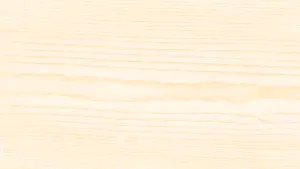

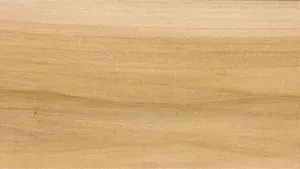

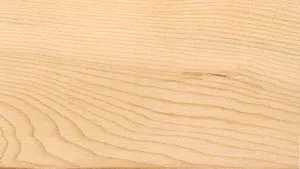
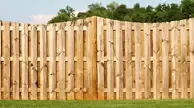
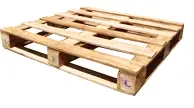
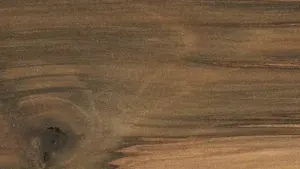
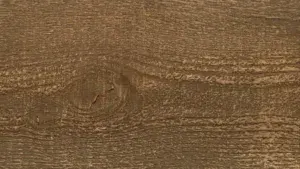
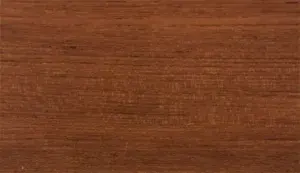


Leave your comment